DSC DTA Thermal Analyzers
₹10,000.00
Description:
LABSYS evo is a user friendly, robust and highly powerful thermal analysis platform.
- A comprehensive line of thermal analyzers with two temperature ranges chosen and optimized for distinct families of application:
- RT – 1 150 °C, a cost effective solution mostly (but not only) for organic materials studies (polymers, pharmaceuticals, petroleum by-products…),
- RT – 1 600 °C, for demanding high temperature experiments involving mostly (but not only) inorganic materials like ceramics or metals.
- Plug & play TGA, DTA, DSC and CP rods for the best Simultaneous Thermal Analysis experience users can get.
NEW PARTS AND OPTIONS
Controlled vacuum option
This option allows for operation under controlled vacuum. One can manually set a controlled pressure down to 30 mbar. Evolved gas analysis by MS coupling is possible at the same time.
Quartz crucibles
DSC or DTA crucibles made of quartz are available. The crucible’s volume is 100 µl, diameter 5 mm and height 8 mm.
Ampoules for Cp rod
Sealable glass ampoules are available with the LABSYS evo 3D Cp rod. They are used for DSC measurements only, and their approximate volume is 125 µl.
FEATURES
LABSYS evo DTA/DSC relies on the ideal design of the LABSYS evo furnaces – both 1150 °C and 1600 °C versions – and gas flow control unit, with a perfectly centered rod, locked in that position.
CP ROD
To increase the sensitivity of Cp measurements it is necessary to increase the mass, the sensitivity of the sensor and the heating rate of the furnace. This is made possible thanks to the 3D Cp rod because of the large size of its crucibles (380 μl), the high sensitivity of its 3D Calvet type sensor (up to 0.5 μV/mW), which is composed of 10 thermocouples in series, and the high heating and cooling rate of the LABSYS evo furnaces (100 °C/min). It is now possible to have Cp measurements within 2 % accuracy, on the whole temperature range (RT – 1 600 °C)
APPLICATIONS
While DTA is mostly used to determine the temperature at which heat effects occur, properly calibrated DSC rods lead to more accurate determination of the amount of heat, whereas the 3D Cp rod is ideal for heat capacity.
Curie points, glass transitions, phase transitions, crystallinity, crystallization temperatures and kinetics, and heat capacity are typical measurements achieved by the LABSYS evo DTA/DSC.
| Weight | 55 kg |
|---|---|
| Dimensions | 58 × 53 × 80 cm |
| Power requirements | 230 V – 50/60 Hz |
| Temperature Range | Room temperature to 1 150 °C, Room temperature to 1 600 °C |
| Isothermal temperature accuracy | +/- 1 °C |
| Programmable temperature scanning rate (heating and cooling | 0.01 to 100 °C.min-1 |
| Furnace cooling | 30 min (1150 °C to 50 °C), 32 min (1 600 °C to 50 °C) |
| Maximum balance capacity | 20 g |
| DSC rod – Resolution | 0.4 μW / 10 μW dependent on sensor |
| 3D Cp rod – Cp Accuracy | < 2 % |
| Vacuum | < 10-1 mbar |
| Evolved Gas Analysis | MS, FTIR, GC/MS coupling |
| Gas Flow Control | Two inlets for gas scanning (inert or reactive) |
Be the first to review “DSC DTA Thermal Analyzers” Cancel reply
Related products
All Products
All Products
All Products
All Products
All Products

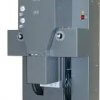
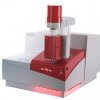


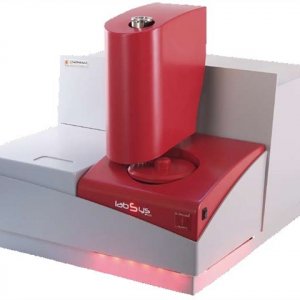
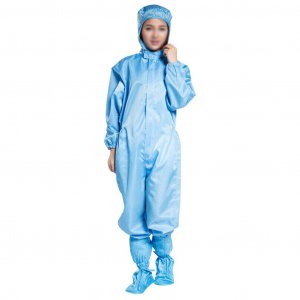
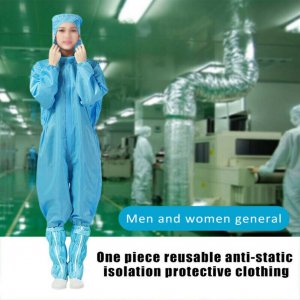

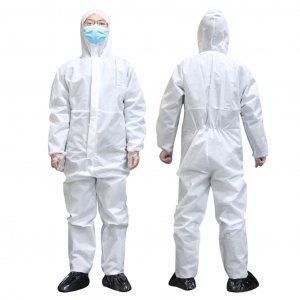



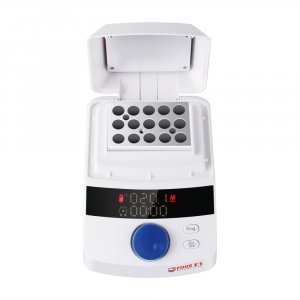
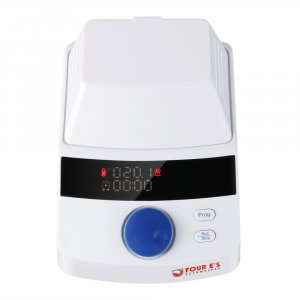



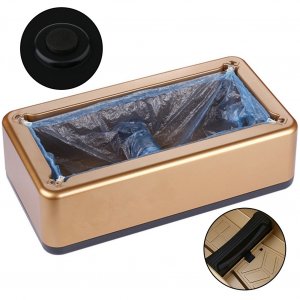


Reviews
There are no reviews yet.